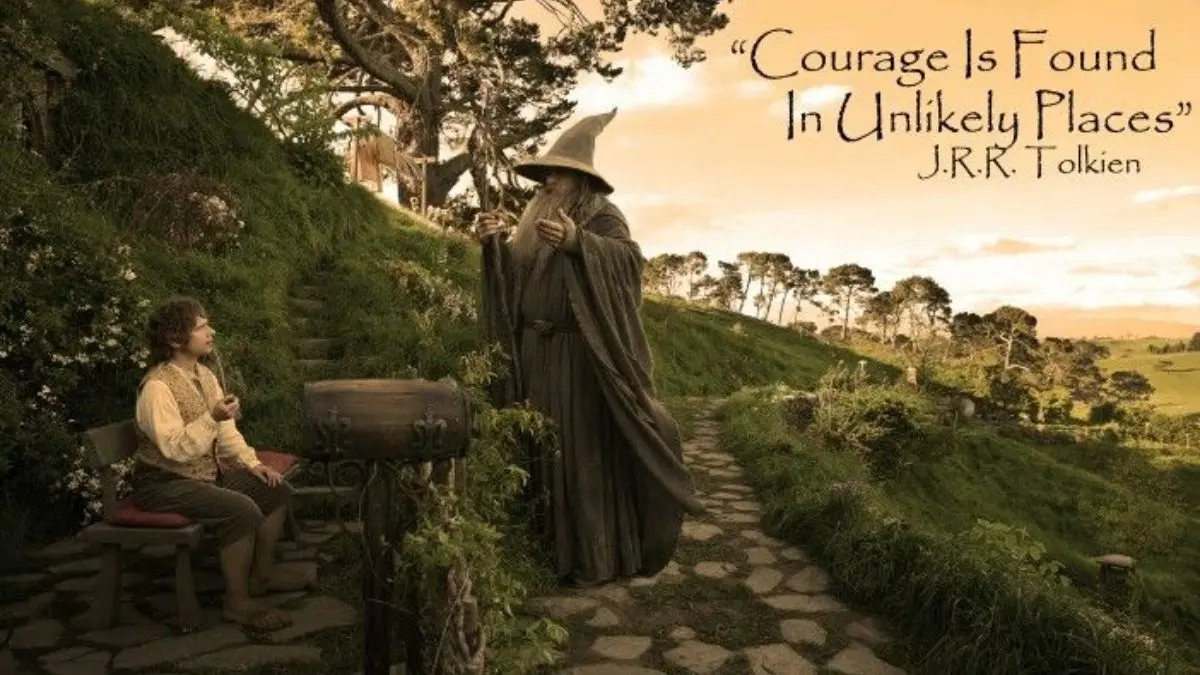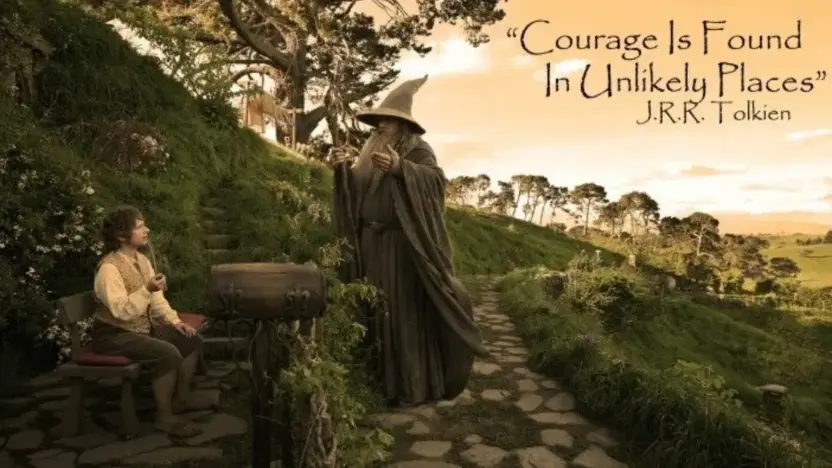In a world that often venerates the bold and the fearless, there’s a timeless saying that serves as a gentle reminder— “Courage is found in unlikely places.” This poignant quote invites us to expand our horizons and look beyond the obvious when it comes to recognizing bravery and valor. Whether it’s the fictional realm of comic book superheroes or the dog-eared pages of classic literature, or even the less-celebrated corners of our daily life, courage has a way of manifesting itself in unexpected ways. The essence of this blog post is to delve into this intriguing concept and explore how it comes to life.
The Conventional Understanding of Courage
When we hear the word “courage,” our minds often gravitate towards heroic figures who face life-threatening dangers head-on. These quintessential figures—soldiers, firefighters, and police officers—are usually the first that come to mind. This is no accident; they are individuals who often put themselves in perilous situations, showcasing clear acts of bravery. Their courage is palpable, almost tangible, and is frequently celebrated in society as the epitome of valor.
However, this understanding of courage has been significantly shaped by popular media. Movies, TV shows, comics, and novels often portray courage as the domain of superheroes or individuals with exceptional skills. This narrative reinforcement serves to perpetuate a rather limited understanding of courage. The courageous are those who save the day, often featuring incredible physical prowess, tactical intelligence, and a dash of charisma. This portrayal is exciting, but it also sidelines the subtler forms of courage that are no less significant.
Culturally and historically, this perspective on courage is not universal. Different cultures may place value on different types of courage, from the fortitude shown in enduring hardship to the bravery displayed in challenging social norms. However, the mainstream narrative, especially in Western society, tends to focus on the more visible, more dramatic acts of courage, leaving the quieter forms of bravery underappreciated.
The implications of this narrow viewpoint are many. It can lead to an underestimation of everyday courage and the diverse ways in which it manifests. Moreover, it creates an artificial hierarchy, implying that some acts of bravery are more ‘valuable’ than others. This brings us back to the quote, “Courage is found in unlikely places,” challenging us to broaden our understanding and appreciation for the multifaceted nature of courage.

Unlikely Sources of Courage
While mainstream narratives often hail the spectacular, eye-catching acts of bravery, true courage frequently manifests in less obvious ways and places. This section aims to explore these hidden facets of courage, ones that usually don’t make it to the big screen or headline news, yet are deeply significant.
Firstly, let’s consider the courage of vulnerability. The mere act of opening up about one’s feelings, failures, or fears requires an incredible amount of bravery. Emotional vulnerability goes against the societal norm that equates emotional restraint with strength. For instance, a person struggling with mental health issues who chooses to seek help and speak openly about their experience is displaying courage.
Secondly, let’s turn our eyes toward caregivers—whether parents looking after children with special needs, individuals caring for aging relatives, or nurses tending to the chronically ill. These roles might not come with public recognition or medals, but the day-to-day emotional and physical challenges they entail require sustained acts of courage.
Another underrecognized form of courage is the bravery of resistance. This could be as quiet as a student challenging an unfair policy at school or as loud as a protester standing up against societal injustices. The key point is that these acts, while not necessarily dangerous in a physical sense, expose individuals to criticism, ridicule, or ostracization.
Don’t overlook the courage it takes to pursue one’s passion either. Whether it’s the aspiring musician practicing for hours in their garage, or the young entrepreneur risking it all on a startup, there’s a kind of bravery in following your dreams despite uncertain outcomes.
Moreover, consider the courage displayed in ordinary interactions. For example, the strength required for a young child to apologize after a mistake, or the courage it takes for someone to say “I love you” for the first time, should not be underestimated.
The beauty of understanding courage in this broader sense is that it makes the virtue accessible to everyone, not just the heroic archetypes we’re so familiar with. In embracing this fuller picture, we also find that courage indeed lives in unlikely places, often within ourselves, waiting for an opportunity to be revealed.
Conclusion
In our journey to unpack the profound yet simple quote, “Courage is found in unlikely places,” we’ve ventured beyond the conventional archetypes of bravery to explore the less visible but equally impactful manifestations of courage. From the emotionally vulnerable who dare to bare their feelings to caregivers who silently bear enormous responsibilities, we’ve seen that courage takes many forms. We’ve recognized that it exists not just in the sensational acts celebrated in headlines or movie screens but also in the quieter, everyday acts that seldom get acknowledged.
The understanding that courage can be found in unlikely places is both liberating and empowering. It invites us to look within ourselves and appreciate the various ways we exhibit courage in our daily lives, whether in admitting our feelings, standing against injustice, or pursuing our dreams. It also challenges us to see others in a new light, to value and celebrate the courage found in the ordinary acts of people around us.
Also Read: When you can’t find the sunshine, be the sunshine



